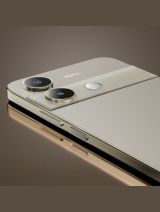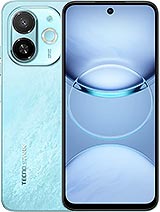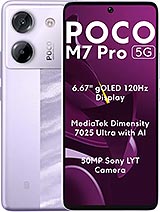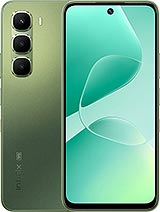Lava Storm Play alternatives
Tap above to see alternatives.
Tecno Pova Curve 5G alternatives
Tap above to see alternatives.
Lava Storm Play

Lava Storm Play
-
Dimensity 7060
6 nm
-
5000 mAh
18W
-
6.75"
720 x 1600 pixels
-
50 MP
1440p@30fps
-
Specs

Tecno Pova Curve 5G

Tecno Pova Curve 5G
-
Dimensity 7300
4 nm
-
5500 mAh
45W
-
6.78"
1080 x 2436 pixels
-
64 MP
4K@30fps
-
Specs

2x2.6 GHz Cortex-A78
6x2.0 GHz Cortex-A55
4x2.5 GHz Cortex-A78
4x2.0 GHz Cortex-A55
8GB 128GB (UFS 2.2)
Sony IMX752, Wide Angle
2 MP
Sony IMX682, f/1.8, (wide), 1/1.73", 0.8µm, PDAF
2 MP
f/2.4, (depth)
1080p@30fps
1080p@30fps
(Wide), f/2.2
1080p@30fps
SIM1: Nano, SIM2: Nano
SIM1: Nano, SIM2: Nano
9 5G bands
n1, n3, n5, n8, n28, n40, n41, n77, n78
2 5G bands
n3, n38
In this performance comparison, the Tecno Pova Curve 5G with its Mediatek Dimensity 7300 (4nm) performs better than the Lava Storm Play with the Mediatek Dimensity 7060 (6nm), thanks to superior chipset efficiency.
Tecno Pova Curve 5G offers 2 years of OS updates, whereas Lava Storm Play provides 1 years. Both phones receive the same 2 years of security updates.
Tecno Pova Curve 5G features a superior AMOLED display, while Lava Storm Play comes with an LCD panel. In terms of smoothness, Tecno Pova Curve 5G offers a higher 144 Hz refresh rate, ensuring fluid scrolling and animations. Both devices deliver the same brightness level at nits. Notably, Tecno Pova Curve 5G offers a higher screen resolution, resulting in sharper visuals and more detailed content.
Tecno Pova Curve 5G features a larger 5500 mAh battery, potentially delivering better battery life. Tecno Pova Curve 5G also supports faster wired charging at 45W, compared to 18W on Lava Storm Play.
Both phones feature the same IP64 rating for water and dust resistance.
- Lava Storm Play – Check price here
- Tecno Pova Curve 5G – Check price here
¹ Scores can vary even with the same chipset due to RAM, thermals, and software optimization.










